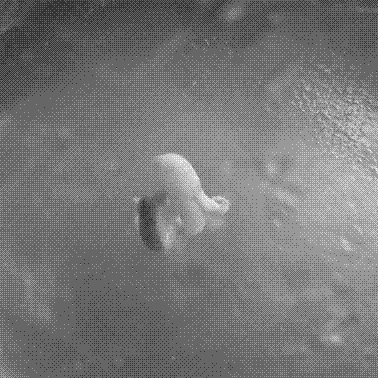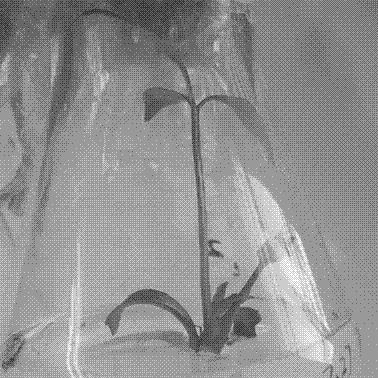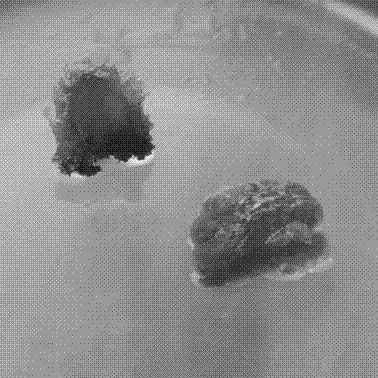Method for regenerating adventitious buds by inducing callus tissue through cotyledons of herbaceous peony
A technology of callus and peony seeds, applied in plant regeneration, horticultural methods, botanical equipment and methods, etc., can solve the problem of high callus pollution rate, achieve high callus induction rate, vigorous growth, and convenient material collection Effect
- Summary
- Abstract
- Description
- Claims
- Application Information
AI Technical Summary
Problems solved by technology
Method used
Image
Examples
Embodiment Construction
[0023] The present invention will be further described below in conjunction with the accompanying drawings and embodiments.
[0024] 1. Materials: Paeonia hybrid seeds harvested in the Peony Garden of Shenyang Agricultural University in late August 2016. The female parent variety of the seeds is Fenyunu, and the male parent variety is Fenyulou, both of which are common varieties of peony.
[0025] 2. Seed disinfection and inoculation:
[0026] (1) Cleaning: Rinse the seeds with running water for 10-20 minutes, and clean the dust on the surface;
[0027] (2) Seed soaking: select plump and large seeds and soak for 24~48 hours to soften the seed coat and facilitate peeling of the seed coat;
[0028] (3) Remove the seed coat: Use a scalpel to cut from the side of the seed and peel off the seed coat. When collecting materials, the peony seed embryo is tender and small, it is difficult to peel off completely, and it is easy to damage. A small amount of endosperm around the embryo c...
PUM
 Login to View More
Login to View More Abstract
Description
Claims
Application Information
 Login to View More
Login to View More - R&D
- Intellectual Property
- Life Sciences
- Materials
- Tech Scout
- Unparalleled Data Quality
- Higher Quality Content
- 60% Fewer Hallucinations
Browse by: Latest US Patents, China's latest patents, Technical Efficacy Thesaurus, Application Domain, Technology Topic, Popular Technical Reports.
© 2025 PatSnap. All rights reserved.Legal|Privacy policy|Modern Slavery Act Transparency Statement|Sitemap|About US| Contact US: help@patsnap.com



